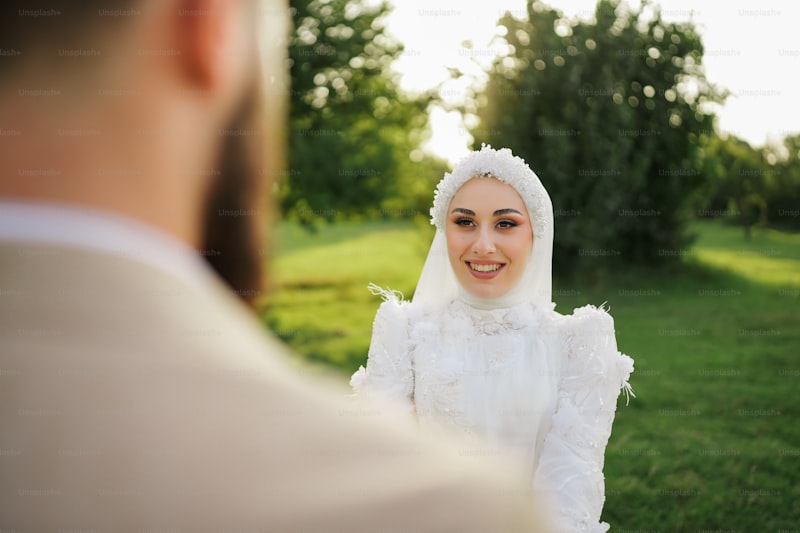Exploring the Historical Significance of Wedding Customs Across Cultures
Understanding the Roots of Wedding Customs
Weddings are not merely a celebration of love; they are a profound reflection of cultures, traditions, and societal norms that have evolved over time. The historical significance of wedding customs provides insight into the values and beliefs of different societies, serving as a window into how communities honor and celebrate marital unions. This article aims to delve into various wedding customs around the world, uncovering their historical roots and cultural implications.
The Evolution of Wedding Customs
Wedding customs have changed considerably throughout history, influenced by religious practices, social structures, and cultural exchanges. Understanding this evolution requires us to examine several key factors that have shaped wedding rituals.
1. Religious Influences
Throughout history, religion has played a central role in shaping wedding customs. In many cultures, marriages were seen as sacred unions ordained by a higher power. For instance, in Christianity, the concept of marriage is often framed as a covenant before God, which has led to specific religious ceremonies and rituals, such as the exchange of vows and rings.
Religious weddings customs include:| Religion | Custom |
| Christianity | Exchanging vows in a church |
| Hinduism | Seven sacred vows (Saptapadi) |
| Islam | Nikah ceremony with a written contract |
2. Cultural Traditions
Cultural traditions can significantly influence wedding customs, offering insights into the societal values and historical context of a community. For example, in many African cultures, the bride price is a traditional practice that symbolizes the groom's commitment and respect towards the bride's family. This practice dates back centuries and is rooted in the social structures of these communities.
3. Societal Changes
As societies evolve, so do their wedding customs. The rise of individualism, the influence of feminism, and global interconnectedness have changed how couples approach marriage today. For instance, modern weddings may opt for personalized vows, breaking away from traditional templates. Today, the historical significance of these customs serves as a backdrop for contemporary practices.
Diverse Wedding Customs Around the Globe
Let's explore some fascinating wedding customs from different cultures and their historical significance:
1. Indian Weddings: A Colorful Extravagance
Indian weddings are renowned for their vibrant celebrations, lasting several days and involving a plethora of rituals. The historical significance of these customs lies in their representation of the community and family bonding. For example, the Mehendi ritual, where intricate henna designs are applied to the bride’s hands, celebrates femininity and prosperity. Additionally, the Saptapadi, or the seven vows taken around a sacred fire, symbolizes the couple's commitment to each other and their responsibilities.
2. Japanese Shinto Weddings: Tradition and Purity
Shinto weddings in Japan emphasize purity and nature. Traditionally, couples wear kimono and participate in rituals such as the San-san-kudo, where they sip sake to strengthen their bond. The historical essence of these rituals reflects Japan’s reverence for nature and spirituality, highlighting the importance of family lineage and ancestral ties.
3. Scottish Weddings: A Tartan Affair
Scottish weddings embrace unique customs such as “handfasting,” an ancient ritual where couples' hands are tied together, symbolizing their union. The bagpipes play a significant role in the ceremony, echoing Scotland's rich musical traditions. The historical significance of these customs lies in their deep roots within Scottish culture, emphasizing community and festivity.
Modern Interpretations of Traditional Wedding Customs
As global influences shape societies, many couples are opting to blend traditional customs with modern elements. This practice not only pays homage to historical significance but also caters to personal preferences. For example, couples might incorporate cultural attire while adding contemporary themes like eco-friendliness or destination weddings. Understanding this blending process reveals how historical customs can adapt to meet modern-day values while retaining their original significance.

Conclusion: The Importance of Understanding Wedding Customs
The historical significance of wedding customs extends beyond ceremonial practices; it offers a glimpse into the values, beliefs, and social structures that have shaped humanity across cultures. As couples navigate their wedding plans, it is essential to reflect on these traditions, acknowledging their importance while embracing new interpretations.
Incorporating elements of historical significance not only enhances the wedding experience but also deepens the appreciation of one’s heritage. Couples can cherish their traditions, fostering a more profound connection to their cultural identity.
As you embark on your wedding journey, consider the historical customs that resonate with you, and remember that your celebration is not just about your love story; it is also a tribute to the generations that came before you. Keep exploring, learning, and embracing the beautiful tapestry of wedding customs around the world!
Additional Tips for Couples:
- Research your cultural background to understand the significance of traditional customs.
- Incorporate elements from both families to create a unique and meaningful ceremony.
- Engage with family members to gather stories and historical context related to wedding customs.
- Consider the impact of modern trends on traditional practices, and find a balance that works for you.